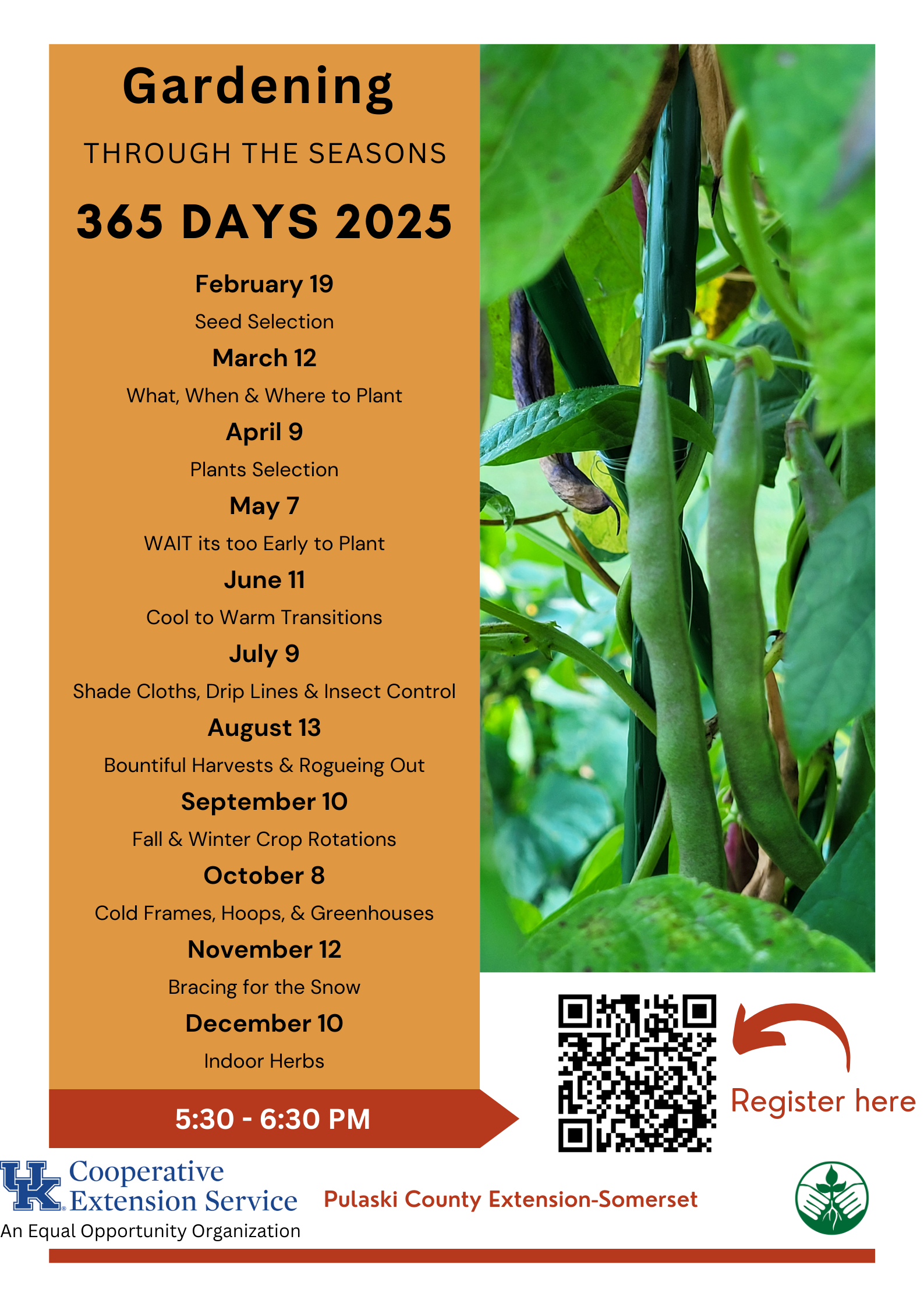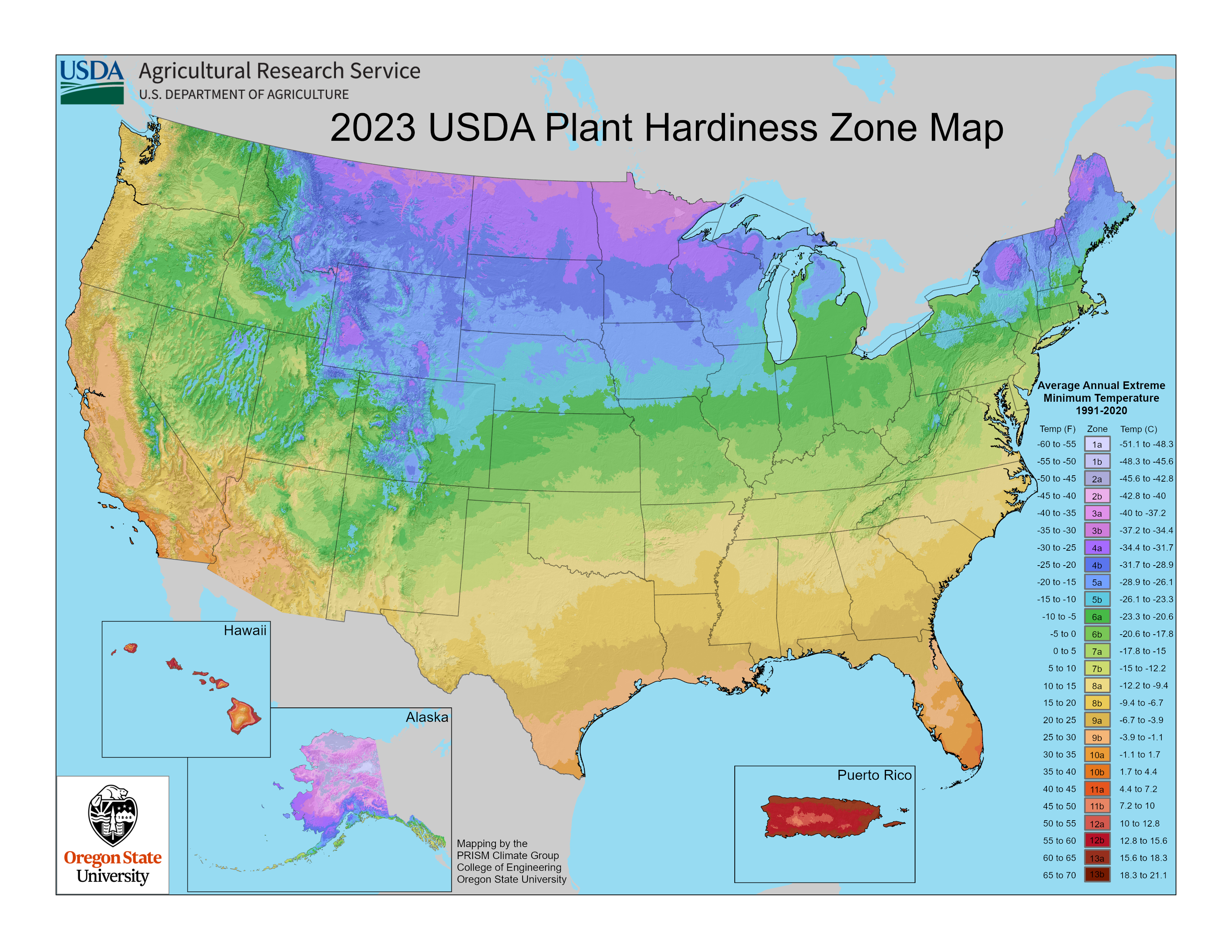Horticulture
Horticulture
Our horticulture program provides educational training and technical assistance to our community. Our technical services include soil testing, disease diagnosis, and plant, weed, and insect identification.
What is Horticulture Extension?
The Pulaski County Extension Office Horticulture program provides educational training and technical assistance to our community. Our technical services include soil testing, disease diagnosis, and plant, weed, and insect identification. Cooperative Extension is the major provider of research-based information for consumers and horticulture businesses.
More Info
To learn more about your local Master Gardener Program, click here
Pine straw is available for purchase at the Pulaski Co Extension office on Fridays from 8am to 12pm. Proceeds benefit the Lake Cumberland Master Gardener Association.
2025 Prices:
1-49 bales -- $8 per bale
50 or more bales -- $7 per bale
PHOTOS FROM TREE WEEK 2024
NEW! November 2023
USDA has issued a new Plant Hardiness Zone Map reflecting the latest 30 year period of data. Our old Kentucky home is mostly now in Zone 7. The prior map issued a decade ago had most of Kentucky in Zone 6 except for parts of western Kentucky.
This PHZM has never been fool-proof but it's the best tool we have to determine what plants will be able to survive in certain locations.
To find out how they made the map, click here.
Beth Wilson
Extension Agent, Horticulture
(606) 679-6361 beth.wilson@uky.edu Pulaski County Extension Office 28 Parkway Dr., Somerset, Kentucky 42502-0720




